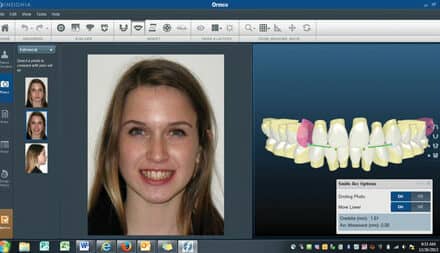S.K. Llewellyn and colleagues from the University of Birmingham have published a report called “An index of orthodontic treatment complexity.” The researchers wrote, “The aim of the present study was to develop an index specifically for the measurement of treatment complexity. Input factors were directly related to complexity, and the output was a score measuring the degree of treatment complexity.
“The sample comprised 120 sets of dental casts, 30 for each of the four main malocclusion classes. Sixteen orthodontists graded the study casts for perceived treatment complexity on a six-point scale and then listed, in order of importance, up to three occlusal features which they felt contributed to complexity from a pre-determined list. Multiple regression analysis was used to derive weightings for each occlusal feature, which would reflect the relevant treatment complexity. In order to obtain an overall treatment complexity score for each case, weightings were then multiplied by the corresponding occlusal feature scores and summed. The relationship between treatment complexity scores and perceived complexity was examined using Spearman’s ranked correlation coefficient. The regression equation explained 49.5 per cent of the variance in treatment complexity of the whole sample. Regression analysis on the basis of malocclusion produced R (2) values of 90.7 per cent for Class I, 42.6 per cent for Class II division 1, 62.3 per cent for Class II division 2, and 79.5 per cent for Class III malocclusions. The index of orthodontic treatment complexity (IOTC) scores showed a moderate but highly significant association with the orthodontists’ perceived complexity assessments (rho=0.42, p=0.000).”
The researchers concluded, “The proposed IOTC shows sufficient promise to warrant further development.”
Llewellyn and colleagues published their study in The European Journal of Orthodontics.









